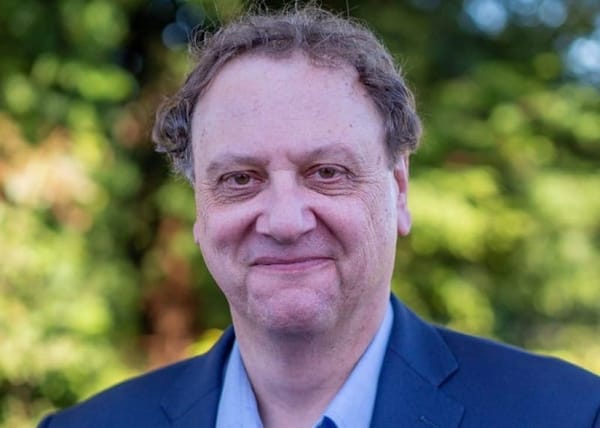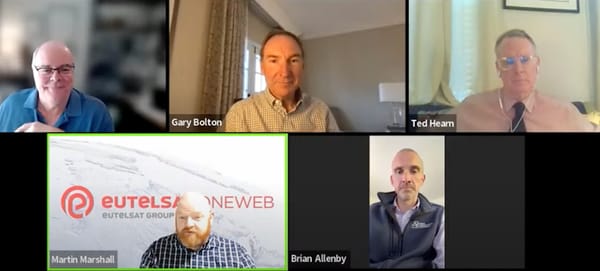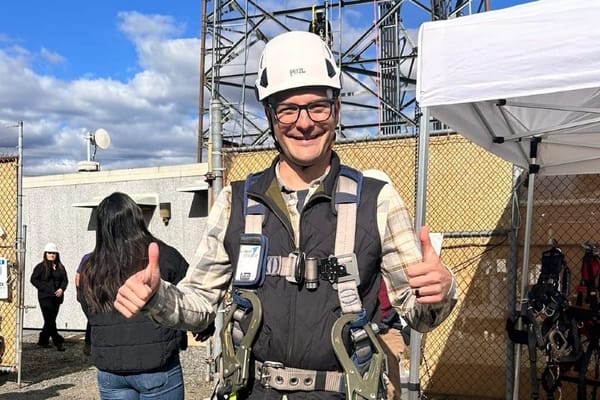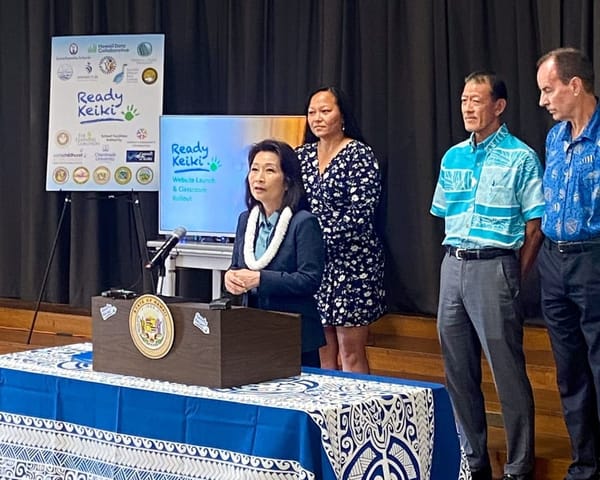Experts Disagree on Licensed-by-Rule Spectrum
The framework could help free up more spectrum to meet rising demand, some experts said.
Jake Neenan
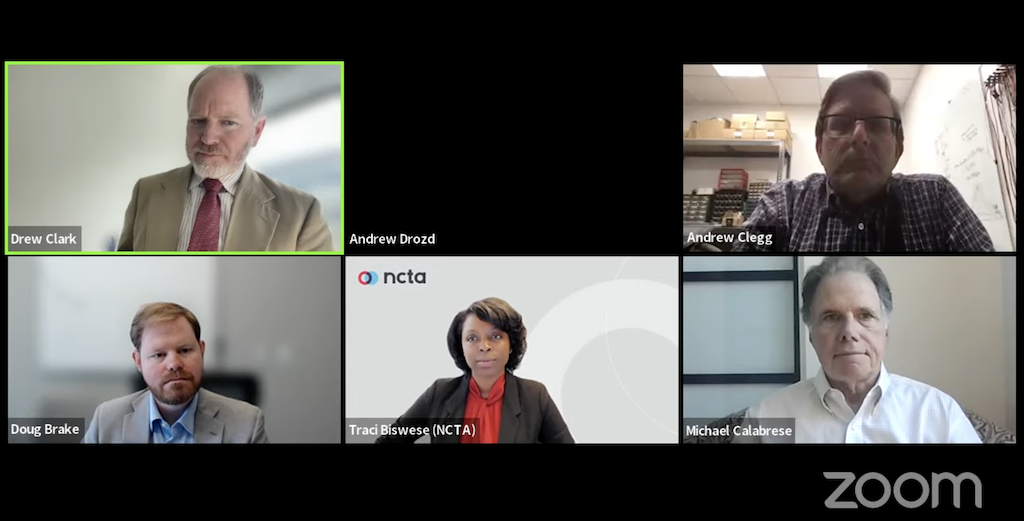
WASHINGTON, October 18, 2023 – Experts disagreed on Wednesday about the importance of licensed-by-rule spectrum sharing for the future of broadband expansion.
Licensed-by-rule refers largely to the system by which the Citizens’ Broadband Radio Service operates, or something similar. The CBRS allocates 150 megahertz of spectrum among three tiers of users: government agencies, license holders on certain bands, and general access users who use the remaining spectrum opportunistically.

Michael Calabrese, director of the Wireless Future Program at think tank New America, said the framework can help address increasing spectrum demand. Much low and mid-band spectrum is allocated to incumbents, like the military and radar system administrators, who cannot move their systems to another band.
“And even when it is possible to clear bands, it often costs more than an auction could raise and takes too long,” he said at a Broadband Breakfast Live Online panel.
But those incumbents rarely use all the capacity they were allocated or purchased at auction, Calabrese said, making a CBRS-style system a good way to open some spectrum to mobile and broadband providers.
Andrew Clegg, a spectrum engineering lead at Google, agreed.
“If you can’t clear a band, this is one of the next best things you can do with it,” he said.
Google is one of six Spectrum Access System operators in the United States. The company controls one of the systems that allocates free CBRS spectrum to general access users while avoiding interference with incumbents.
Doug Brake, the assistant vice president of policy communications at CTIA, the trade group representing wireless mobile providers, was less convinced about licensed-by-rule frameworks.
“This technique is not ready for primetime and should not be the model going forward,” he said.
He favored more exclusively licensed spectrum, which is how the majority of CTIA members operate. He cited the higher power levels operators can use, and thus larger geographic areas they can serve, when spectrum is exclusively allocated to one provider.
Clegg disagreed. He said for the purposes of broadband adoption, the CBRS has already been successful. He pointed to the nearly 400,000 CBRS stations Google oversees.
“You wouldn’t have had that if the Department of Defense had just kept control of the band and had never shared it,” he said.
The panel was in broad agreement that different licensing schemes suit different situations.
“There are many tools in the toolbox we can use to make bands work for the most users,” said Traci Biswese, vice president and general counsel at NCTA, the trade group representing cable broadband and television companies.
“Admittedly, there are still certain technical challenges that remain when it comes to spectrum sharing,” said Andrew Drozd, head of research firm ANDRO Computational Solutions. “We haven’t solved everything.”
But spectrum sharing still represents a more efficient way of using the finite spectrum available, he said.
Our Broadband Breakfast Live Online events take place on Wednesday at 12 Noon ET. Watch the event on Broadband Breakfast, or REGISTER HERE to join the conversation.

Wednesday, October 18 – Spectrum Sharing: How Promising and How Real Is It?
The practice of spectrum sharing, where multiple operators coexist within the same bandwidth, is often lauded as a solution to the limited availability of spectrum. Some view it as a promising avenue for advancing 5G technology and beyond, potentially with the aid of artificial intelligence. However, critics contend that crowding may hinder and degrade connectivity performance. In light of the FCC’s recent plans to open up more spectrum for commercial use, what lies ahead for spectrum management and licensing? How can regulators strike a balance between expanding sharing opportunities and ensuring optimal connectivity?

Panelists
- Michael Calabrese, Director, Wireless Future Program, New America’s Open Technology Institute
- Traci Biswese, Vice President and Associate General Counsel at NCTA – The Internet & Television Association
- Dr. Andrew Drozd, President and CEO of ANDRO Computational Solutions
- Doug Brake, Assistant Vice President of Policy Communications, CTIA: The Wireless Association
- Andrew Clegg, Spectrum Engineering Lead, Google
- Drew Clark (moderator), Editor and Publisher, Broadband Breakfast
Panelist resources
- Solving the Spectrum Crunch: Dynamic Spectrum Management Systems, by Michael Calabrese, October 2023
Michael A. Calabrese is a graduate of Stanford Law and Business Schools (JD/MBA) and of Harvard College. He directs the Wireless Future Program at New America’s Open Technology Institute, a non-profit think tank based in Washington, D.C and is a DSA Member. He develops and advocates policies to promote ubiquitous, fast and affordable wireless broadband connectivity, including the reallocation of prime spectrum for unlicensed access, next generation Wi-Fi, and dynamic spectrum sharing.
Traci Biswese is Vice President and Associate General Counsel at NCTA – The Internet & Television Association. Her advocacy focuses on spectrum policy, artificial intelligence,
cybersecurity, and supply chain matters. She is passionate about advancing the interests of the internet and television industry, and strives to contribute to the innovation, growth, and diversity of the sector.
Doug Brake is assistant vice president of policy communications at CTIA: The Wireless Association. He’s been engaged in broadband and spectrum policy for over ten years—before CTIA he worked at in government at the National Telecommunications and Information Administration and before that at the innovation-focused think tank, the Information Technology and Innovation foundation.
Dr. Andrew Drozd is a Technology Innovator, Executive Leader, Entrepreneur, and President/CEO of ANDRO Computational Solutions, LLC – a scientific R&D company he founded in 1994 headquartered in Rome, NY with offices in Syracuse, N.Y., Dayton, Ohio and San Diego, California. At ANDRO, he leads scientific research and development on the cutting edge of the nexus of wireless communications, artificial intelligence and machine learning. Andy holds 19 patents in the areas of wireless communications and AI, radio spectrum governance, and novel applications of blockchain. In his over 45-year career, Andy’s has earned a number of professional credentials that include: certification by the international Association of Radio and Telecommunications Engineers; IEEE Life Fellow; past president and board member of the global IEEE Electromagnetic Compatibility (EMC) Society; member of the FCC’s Communications, Security, Reliability, Interoperability Council (CSRIC VIII); member of the Open-RAN Alliance for 5G; and was inducted into the Rome Academy of Sciences Hall of Fame in 2019.
Andrew Clegg is spectrum engineering lead for Google. He was instrumental in creating the CBRS band, and has also been involved in 6 GHz AFC. Prior to Google, he created the first-ever spectrum-related grant program at the National Science Foundation.
Breakfast Media LLC CEO Drew Clark has led the Broadband Breakfast community since 2008. An early proponent of better broadband, better lives, he initially founded the Broadband Census crowdsourcing campaign for broadband data. As Editor and Publisher, Clark presides over the leading media company advocating for higher-capacity internet everywhere through topical, timely and intelligent coverage. Clark also served as head of the Partnership for a Connected Illinois, a state broadband initiative.

WATCH HERE, or on YouTube, Twitter and Facebook.
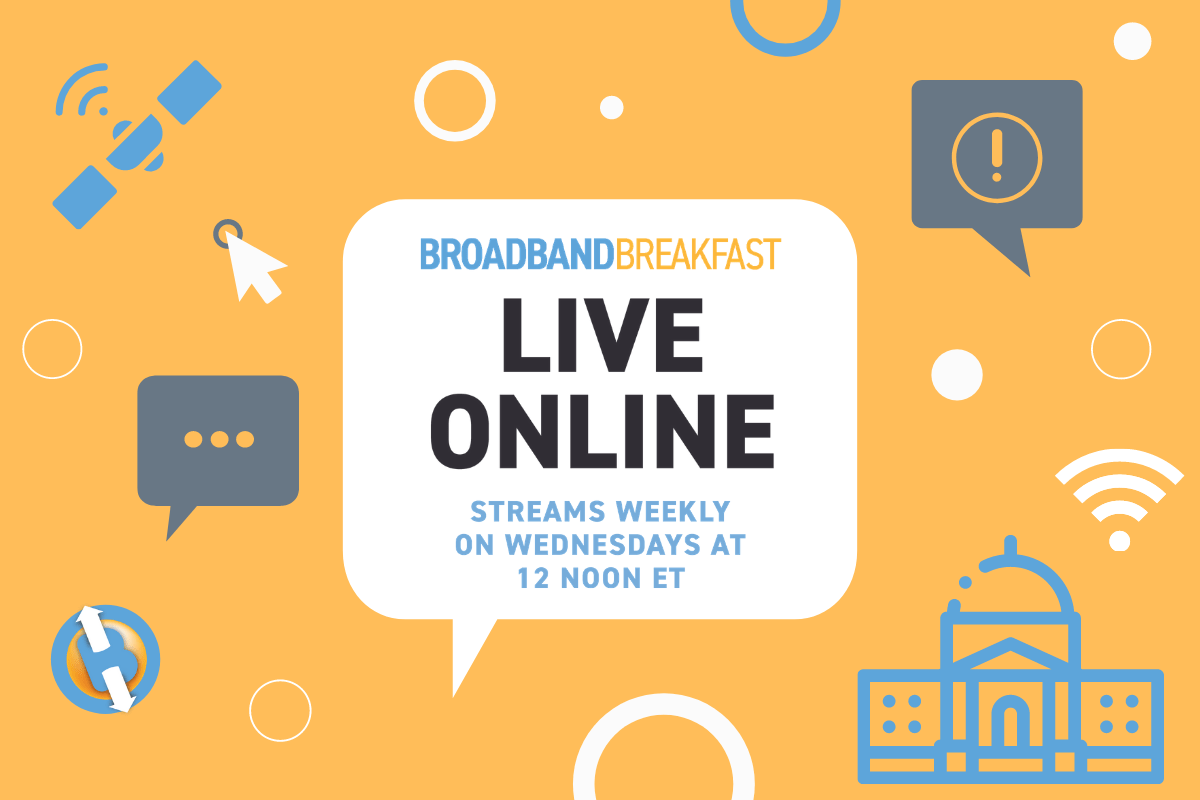
As with all Broadband Breakfast Live Online events, the FREE webcasts will take place at 12 Noon ET on Wednesday.
SUBSCRIBE to the Broadband Breakfast YouTube channel. That way, you will be notified when events go live. Watch on YouTube, Twitter and Facebook.
See a complete list of upcoming and past Broadband Breakfast Live Online events.



